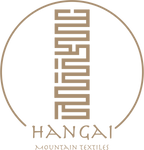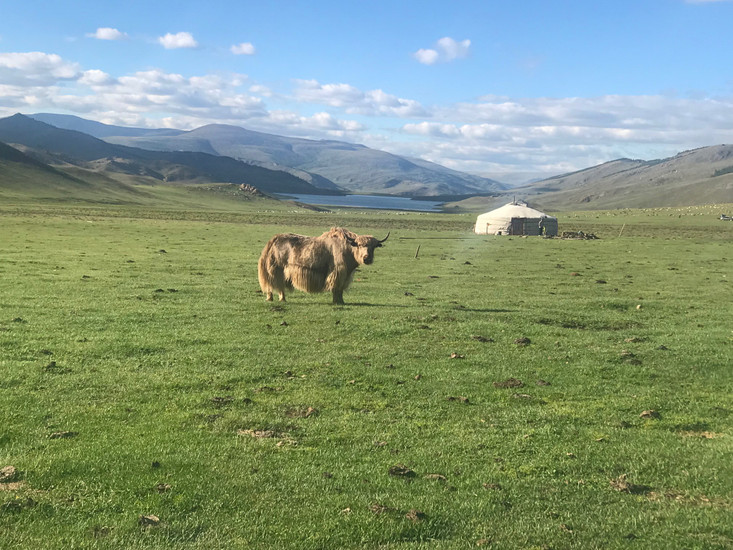Mongolian Yak Fiber: A Story of Traditional Livelihoods and Eco-Friendly Home Decor
Posted by Hangai Mountain Textiles on Apr 28th 2023
Mongolia, a landlocked country in Northeast Asia, is known for its vast grasslands, rugged mountains, and nomadic culture. For centuries, the Mongolian people have relied on their herds of livestock, includingyaks, for sustenance and livelihoods. Yaks are a resilient breed of bovine that are adapted to the harsh climate and high altitude of Mongolia, where temperatures can drop to -40°C in winter.
Apart from providing milk, meat, and transportation, yaks also yield a precious fiber that is prized for its softness, warmth, and durability. Yak fiber, also known as yak down, is finer and softer than sheep's wool, and has excellent insulating properties. Yak fiber has been used by Mongolian herders for centuries to make clothing and blankets that can withstand extreme temperatures and last for generations.
In recent years, the global fashion industry has discovered the unique qualities of Mongolian yak fiber and its potential as a sustainable alternative to cashmere and other luxury fibers. Unlike cashmere, yak down is hand-harvested from the shed hair of yaks during their natural molting season, typically in late spring. The yaks are not harmed in the process and continue to roam freely on the high-mountain grasslands, where they play a crucial role in preserving the fragile ecosystem.
The demand for Mongolian yak fiber has created new economic opportunities for herders, particularly women, who often have limited access to education and formal employment. By selling their yak down to cooperatives and local companies that specialize in processing and spinning, herders can earn a fair price for their labor and contribute to the local economy. The cooperatives also provide training and support for quality control, marketing, and product development, enabling herders to diversify their income and add value to their products.
Moreover, the use of yak fiber in fashion has numerous environmental benefits. Yak graze very differently than other animals, especially goats, and tend to be lighter on the land, despite their much greater size. The vast majority of Mongolian yak fiber is unbleached and undyed, and therefore processing requires less water, less energy, and less chemicals than other fibers, such as cashmere or wool. Yak is rarely exported, and because it is processed locally it tends to have a smaller carbon footprint. By choosing home accessories knit or woven from Mongolian yak fiber, consumers can support nomadic livelihoods
Mongolian yak fiber is luxurious, rare and naturally hypoallergenic, and the animals themselves are integral to traditional livelihoods that are tied to herding. The yak sustainability story reflects traditional values and cultural heritage, and offers a promising model for responsible fashion. By celebrating the beauty and versatility of Mongolian yak fiber, we can help to preserve Mongolia’s nomadic traditions.

